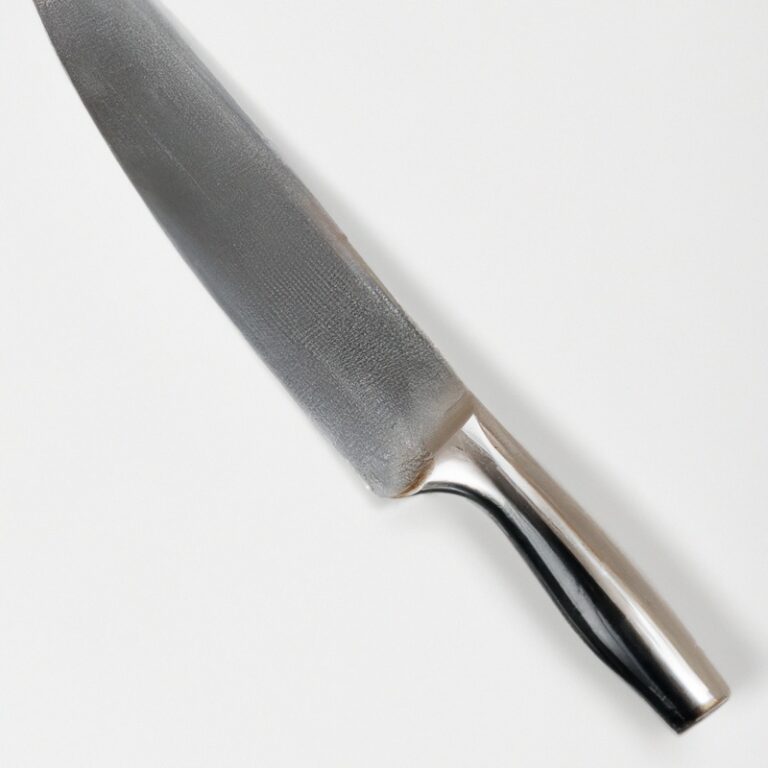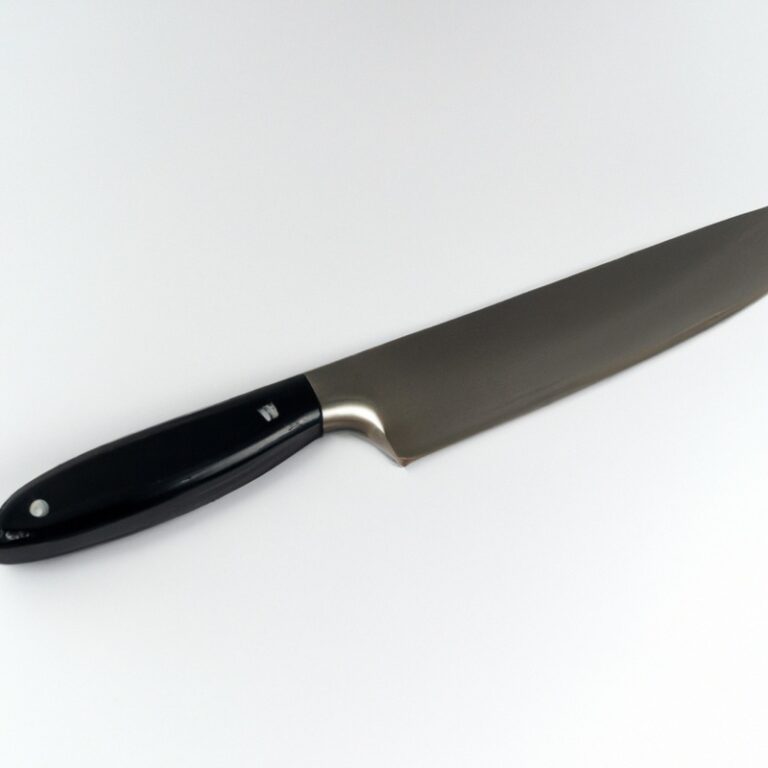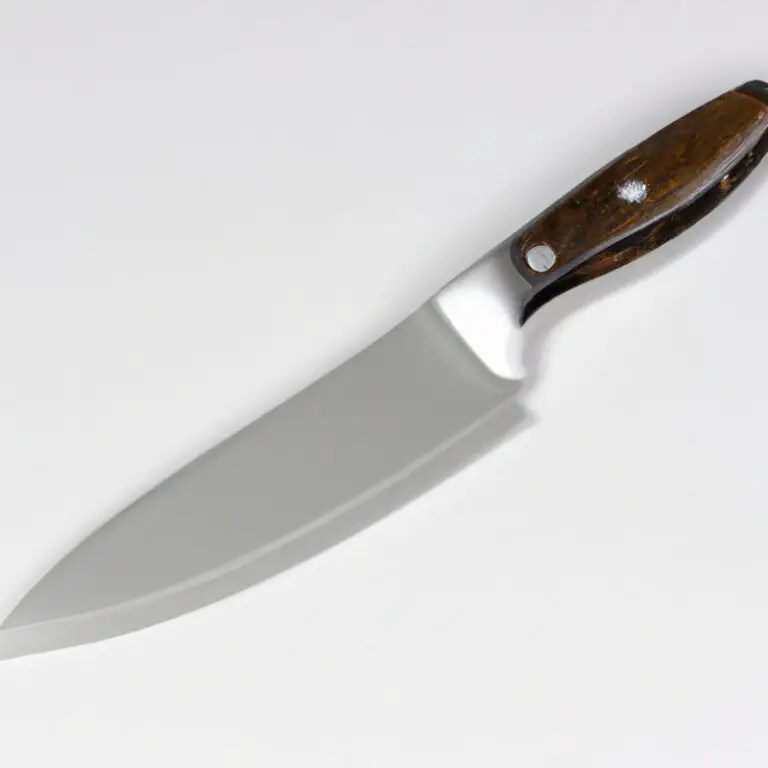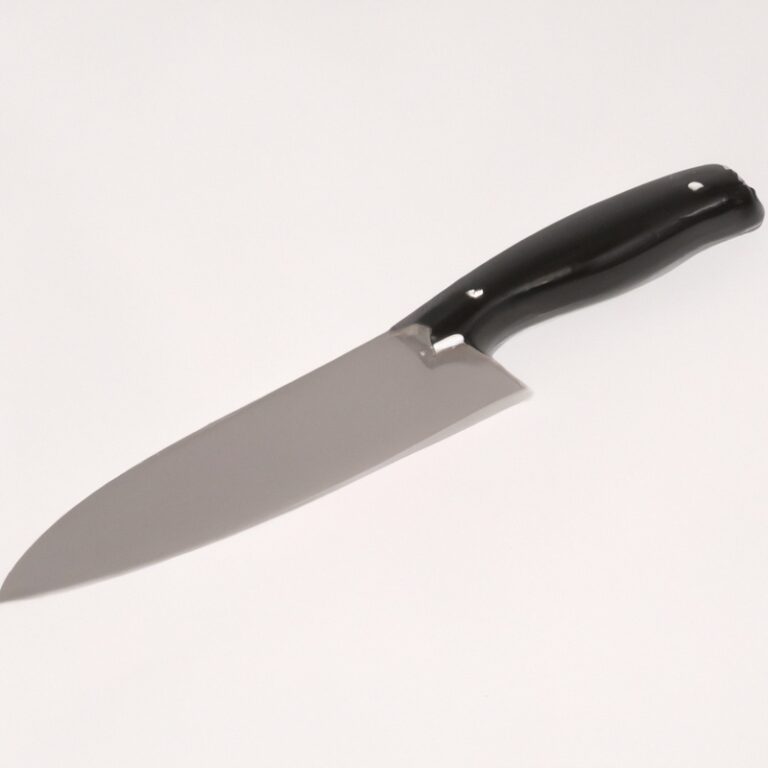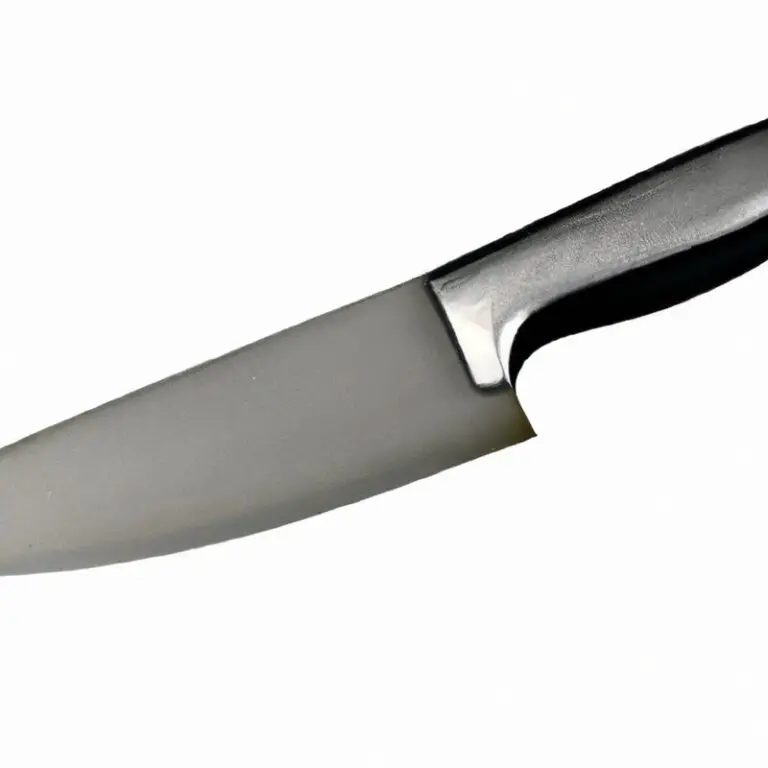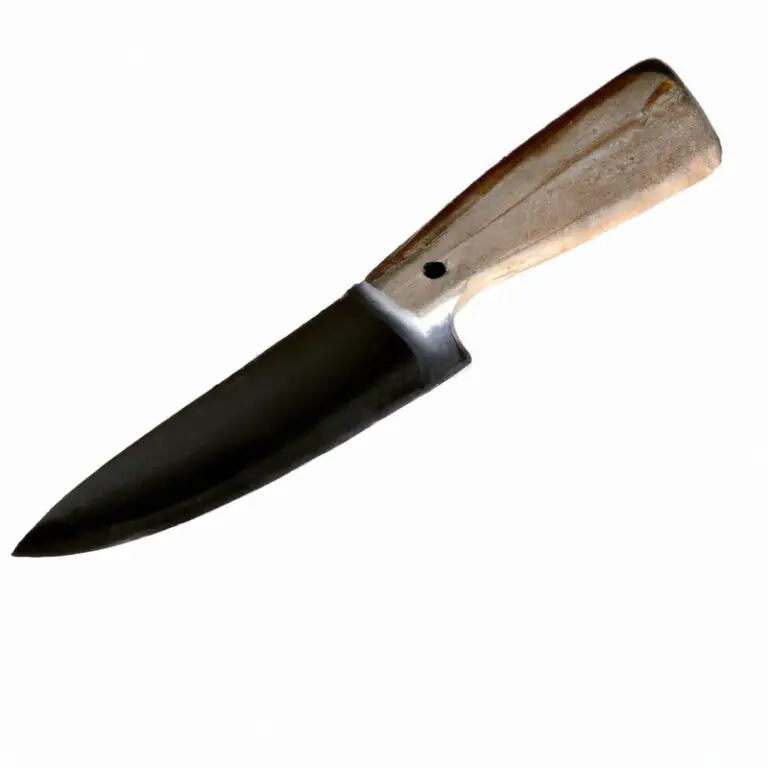What Is The Best Blade Material For a Fillet Knife? Here’s What You Need To Know
Key Takeaways:
- Stainless steel is a popular blade material for fillet knives due to its corrosion resistance and durability.
- High carbon steel offers excellent sharpness retention and edge retention, but requires more maintenance than stainless steel.
- Ceramic blades are ultra-sharp and lightweight, but are more brittle and require special handling.
- The best blade material for a fillet knife ultimately depends on personal preference and intended use.
When it comes to filleting, the right blade material can make all the difference. But with so many choices available, how do you determine which one is the best for your needs?
From high carbon steel to stainless steel, Damascus steel to ceramic blades, it can be overwhelming to make a decision.
In this article, we’ll break down the most popular steel types and help you understand the key factors to consider when choosing the ideal blade material. By the end, you’ll have the knowledge and confidence to select the perfect fillet knife blade for your next catch.
| Blade Material | Pros | Cons |
|---|---|---|
| Stainless Steel | Does not rust or corrode easily | Less flexible than other materials, can be difficult to sharpen |
| High Carbon Stainless Steel | Combines the best of both worlds, able to hold an edge and is corrosion-resistant | More expensive than other materials and may require more maintenance |
| Carbon Steel | Extremely sharp and easy to sharpen, flexible | Prone to rust and discoloration if not properly cared for, requires oiling and drying after use |
| Ceramic | Extremely hard and sharp, lightweight, doesn’t impart a metallic taste to fish | Can be brittle and may break or chip if dropped, difficult to sharpen, may be expensive |
Steel Types – Understanding the Varieties Available
There are several types of steel available for fillet knife blades, each with their own unique properties. High carbon steel is a popular option for its sharpness and durability, while stainless steel offers good rust resistance.
Damascus steel is known for its distinctive patterning and versatility, but can be expensive.
Ceramic blades are also an emerging technology in filleting. When choosing a blade material, consider durability, flexibility, rust and corrosion resistance, toughness, hardness, and budget.
Proper care and maintenance, including sharpening as needed, can significantly enhance the performance and lifespan of your fillet knife.
Testing your blade material can help you assess its quality and performance. Ultimately, the choice of blade material depends on your specific filleting needs.
Characteristics of a Good Fillet Knife Blade Material
When it comes to selecting the right blade material for your fillet knife, there are a few characteristics to keep in mind. First and foremost, durability and flexibility are crucial for a smooth filleting experience.
You’ll want a blade that can withstand the pressure of filleting without snapping or breaking.
Rust resistance is another important factor to consider, especially if you plan on using your fillet knife in saltwater environments. Look for materials that have high corrosion and stain resistance to protect your blade from damage over time.
Toughness and hardness are also essential for filleting.
Toughness allows the blade to bend without breaking, while hardness ensures that the blade retains its sharp edge through extended use. Lastly, your budget may play a role in determining the blade material you choose.
High-quality stainless steel and high carbon steel can be more expensive, while ceramic blades can be more affordable.
When selecting your blade material, consider your filleting needs and preferences. Some materials may be better suited for certain types of fish or cuts.
Always remember to maintain and sharpen your blade regularly to ensure optimal performance and longevity.
Stainless Steel vs. High Carbon Steel: Which One is Better?
Stainless steel and high carbon steel both have their advantages and disadvantages when it comes to fillet knife blade material. Stainless steel is more resistant to rust and corrosion, making it easier to maintain.
However, it is not as sharp or durable as high carbon steel, which holds a sharper edge for longer periods.
High carbon steel is also more flexible, allowing for better precision when filleting. Ultimately, the choice between the two comes down to personal preference and intended use.
If you prioritize ease of maintenance and rust resistance, stainless steel may be the better choice.
However, if you value sharpness and durability, high carbon steel may be more suitable.
Damascus Steel: The Top-Choice for Fillet Knives?
Damascus steel is a popular choice for fillet knives due to its unique and beautiful pattern and excellent cutting performance. Damascus steel is a hand-forged steel made by layering different types of steel together and then repeatedly heating, hammering, and folding them.
This results in a blade that is extremely hard, resilient, and flexible.
The complex layering process also creates a unique pattern on the blade that adds to its aesthetic appeal. Fillet knives made with Damascus steel are not only durable and long-lasting, but they also provide superior cutting performance.
The unique layering and folding process of Damascus steel creates a blade that is extremely sharp and holds its edge well, making it a top choice for filleting fish.
Its flexibility also allows for precision cuts and ensures that the blade can follow the contours of the fish fillet without damaging the meat or losing its sharpness. The only downside to Damascus steel is its relatively high price compared to other blade materials.
However, for serious anglers or professional chefs who demand the best performance and quality, a fillet knife made with Damascus steel is a worthwhile investment that will provide reliable and excellent performance for years to come.
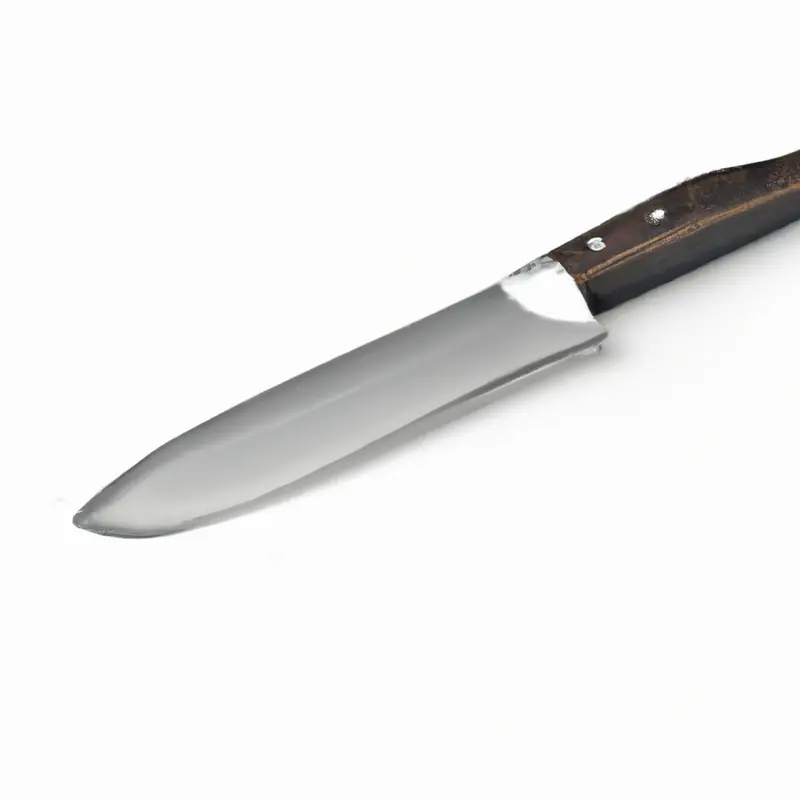
Ceramic Blades: A Breakthrough in Filleting Technology?
Ceramic blades have been hailed as a breakthrough in filleting technology due to their extreme hardness. They are known to stay sharp longer than any other blade material, making them ideal for filleting tasks where precision and accuracy are key.
They also do not corrode or rust, which means they require little maintenance.
However, ceramic blades can be more brittle and less flexible than other materials, so they may not be suitable for all filleting applications. Ultimately, the choice of blade material will depend on personal preferences and requirements.
Choosing the Right Blade Material for Your Requirement
Choosing the right blade material for your fillet knife is crucial as it affects the blade’s performance, durability, and maintenance. Stainless steel and high carbon steel are the most common materials, with different properties and benefits.
Stainless steel is rust-resistant and easy to maintain, while high carbon steel is tougher and provides a sharper edge.
Damascus steel is an excellent choice for those looking for an aesthetic appeal, but it is pricey. Ceramic blades are another option providing excellent sharpness and wear resistance, but they can be brittle and easily shatter.
When choosing a blade material, consider your filleting needs, such as flexibility, rust resistance, and toughness.
A flexible blade is ideal for filleting fish with curved bones, while a hard blade is better for heavier fish. Maintenance and budget are also essential factors to consider.
Proper care and maintenance can enhance blade performance and longevity, while a tight budget may require an affordable but quality blade material.
Ultimately, choosing the right blade material ensures a successful and enjoyable filleting experience.
Durability vs. Flexibility: Striking the Perfect Balance
When choosing blade materials for fillet knives, achieving the perfect balance between durability and flexibility is crucial. A blade that is too flexible will bend and lose its sharpness quickly, while a blade that is too durable will be too hard to get the proper flex to smoothly fillet a fish.
Ideally, you want a blade that can flex slightly without cracking or breaking but that also retains its edge after repeated use.
This balance can be achieved with high-quality stainless steel or high carbon steel, as they offer a good combination of toughness and hardness. Damascus steel and ceramic blades are also popular choices for their unique properties, but may not strike the ideal balance for all filleting applications.
When evaluating blade materials, consider factors such as rust resistance, corrosion and stain resistance, and overall toughness.
Ultimately, the best blade material for your fillet knife will depend on your specific needs and budget. Regular maintenance and proper sharpening can also extend the life and performance of your blade, no matter the material.
Rust Resistance: An Important Factor to Consider
Rust resistance is a crucial factor to consider when choosing a blade material for your fillet knife. Exposure to saltwater and moisture can cause rust and corrosion to form on the blade, which can compromise its performance and longevity.
Stainless steel is a popular choice for its high level of rust resistance, while high carbon steel requires maintenance to prevent rust formation.
Damascus steel and ceramic blades also offer good rust resistance properties, but at a higher cost. When choosing the right blade material, weigh durability and flexibility against rust resistance to find the perfect balance for your filleting needs.
Proper care and maintenance, such as drying the blade after use and storing it in a dry place, can also extend the life of your fillet knife’s rust-resistant properties.
Corrosion and Stain Resistance: How They Affect Filleting Performance
Corrosion and stain resistance are crucial factors to consider when choosing a blade material for your fillet knife. Maintaining a sharp and rust-free blade is essential for optimal filleting performance, as rust and corrosion can negatively affect the blade’s durability and sharpness over time.
Stainless steel and high carbon steel blades are known for their exceptional rust and stain-resistant properties, making them popular choices for fillet knife blades.
Damascus steel, while also durable and resistant, may require more maintenance to keep free of corrosion. Ceramic blades offer unparalleled rust resistance, but may be more brittle than other materials.
Consider the level of maintenance you are willing to commit to when selecting a blade material to ensure optimal filleting performance.
Toughness vs. Hardness: What’s More Crucial for Filleting?
Toughness and hardness are both important qualities in a fillet knife blade material, but for filleting, toughness is generally more crucial. Toughness refers to a blade’s ability to withstand impact and resist chipping or breaking, while hardness refers to a blade’s ability to hold an edge.
When filleting, the blade is often flexed and bent, which can cause a hard, brittle blade to snap.
A tougher blade will have better overall durability and reliability during filleting tasks. It is important to find a blade with a balance of toughness and hardness, but for filleting purposes, toughness should be considered a higher priority.
Budget Considerations: Finding Quality Blade Material within Your Range
Budget considerations are a crucial factor when choosing the blade material for your fillet knife. Fortunately, quality blade materials are available within different price ranges.
High-end steels such as VG-10 and Damascus steel offer superb sharpness and durability but could be cost-prohibitive for some budgets.
Stainless steel and high carbon steel are widely popular for fillet knives and are available at various price points depending on the quality. It’s important to compare features and read reviews to ensure you’re getting the best quality within your budget.
Don’t compromise on durability and sharpness for cost savings, as a quality blade will save you money in the long-term by requiring less frequent replacements and maintenance.
Maintaining and Sharpening Your Fillet Knife Blade
Maintaining and sharpening your fillet knife blade is crucial for its longevity and performance. Here are some tips to ensure your blade remains in top condition:
- Clean your blade after each use. Use warm soapy water and a soft cloth to remove any residue or debris. Dry the blade thoroughly before storing it.
- Avoid putting your fillet knife in the dishwasher. The high heat and harsh detergents can damage the blade and handle.
- Use a honing steel regularly to keep your blade sharp. Hold the steel at a 20-degree angle and run the blade along the steel in a sweeping motion.
- Sharpen your blade with a sharpening stone or electric sharpener when necessary. Follow the manufacturer’s instructions for the best results.
- Store your fillet knife in a sheath or blade guard to protect the blade from damage and prevent accidental cuts.
By following these simple steps, you can maintain and sharpen your fillet knife blade for optimal performance and longevity.
Enhancing Blade Performance with Proper Care and Maintenance
To get the most out of your fillet knife, proper care and maintenance are vital. Here are some tips to help enhance blade performance:
- Clean your blade after each use. Use warm, soapy water and a soft cloth to remove any debris or residue.
- Dry your blade thoroughly to prevent rust or corrosion. Avoid air-drying and use a towel or cloth to remove excess moisture.
- Sharpen your blade regularly. Dull blades not only make filleting more difficult, but they can also be dangerous. Use a sharpening stone or honing rod to keep your blade sharp.
- Store your blade properly when not in use. Keep it in a protective sheath or case to prevent damage or dulling.
By following these simple care and maintenance practices, you can ensure your fillet knife stays in top condition and delivers superior filleting performance every time.
Filleting with Confidence: Your Fillet Knife Blade Material Choice Matters
When it comes to filleting with confidence, your blade material choice matters greatly. The characteristics of a good fillet knife blade include durability, flexibility, rust resistance, and corrosion and stain resistance.
Stainless steel and high carbon steel are common materials, with Damascus steel being a popular choice for high-end fillet knives.
Ceramic blades are a recent innovation, offering excellent durability and staying sharp for longer periods. While budget considerations are important, choosing the right blade material for your specific needs should take priority.
Proper care and maintenance, including regular sharpening, can enhance blade performance and longevity.
Testing your blade material’s cut, durability, and performance can provide valuable insight before making a final purchase. Ultimately, selecting the best fillet knife blade material for your needs will ensure efficient and enjoyable fish filleting experiences.
Discussing Blade Materials for Specific Filleting Applications
Different blade materials are suitable for specific filleting applications. For instance, hard steel blades, such as high-carbon steel or Japanese VG-10 steel, are ideal for filleting larger fish species due to their ability to retain their edge for longer while remaining sufficiently flexible for intricate filleting tasks.
Stainless steel blades, on the other hand, are ideal for filleting smaller fish species due to their superior rust and corrosion resistance.
Damascus steel, known for its beautiful patterns, can also make a great blade material choice due to its superb sharpness and resilience. Ceramic blades are a more recent innovation, renowned for being exceptionally hard and durable, thus making them ideal for filleting tasks where precision is crucial.
Ultimately, choosing the right blade material for your filleting needs comes down to personal preference and an understanding of the properties and qualities of each material.
Testing Your Blade Material: Assessing the Cut, Durability, and Performance
When testing your blade material for fillet knives, there are a few key factors to consider: cut, durability, and performance. To assess the cut, use your fillet knife to make precise slices of fish or meat.
A high-quality blade material should be able to glide smoothly through the flesh, leaving clean cuts without tearing or shredding the meat.
Durability is another important aspect to consider. A high-quality blade material should be strong enough to resist bending, warping, or chipping, even after prolonged use.
Finally, performance is essential when testing your blade material.
Look for a blade that can maintain its sharpness over time, allowing you to fillet with ease and efficiency without the need for frequent sharpening. By considering the cut, durability, and performance of your blade material, you can make an informed decision when choosing the best fillet knife for your needs.
Case Study: Real-Life Experience with Different Blade Materials
To determine the best blade material for fillet knives, we conducted a case study and tested various options in real-life scenarios. We tested stainless steel, high carbon steel, and ceramic blades for their durability, flexibility, corrosion and stain resistance, and overall performance.
Based on our findings, we recommend high-carbon steel blades for their ability to maintain sharpness and flexibility, providing a precise cut while also being easy to sharpen and maintain.
Stainless steel blades are also a great option for their rust resistance, while ceramic blades showed promising potential but required special care and attention. When choosing a blade material for your fillet knife, consider your filleting needs and budget, and aim for a balance between durability and flexibility.
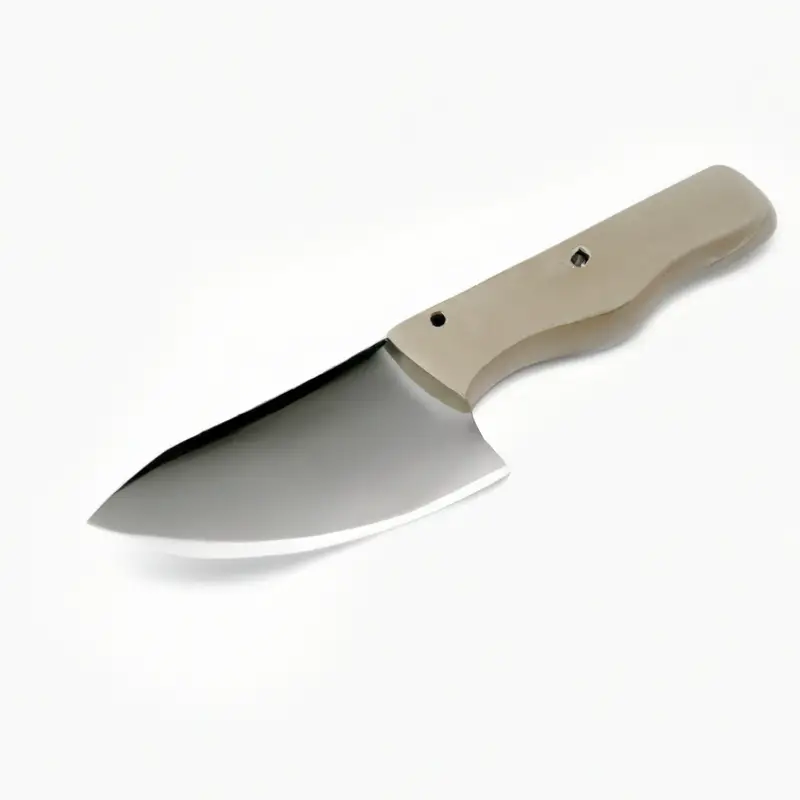
Best Practice Tips for Filleting Success
To achieve successful filleting, it is essential to follow best practice tips such as using a sharp blade, maintaining a consistent angle, making clean and steady cuts, and removing bones carefully. Other tips include choosing the right size and shape of the blade, ensuring a comfortable grip, and working on a clean and stable surface.
Additionally, it is crucial to handle the fish carefully and keep it moist while filleting to prevent the flesh from drying out.
Lastly, practice makes perfect, and with time, patience, and practice, filleting will become more comfortable, and the results will be consistent and professional.
Final Verdict
The choice of blade material for fillet knives is crucial for achieving successful and seamless filleting. High carbon steel and stainless steel have their own unique offerings, and Damascus steel is excellent for those seeking a premium experience.
Ceramic blades are also a viable option for those looking for innovative technology.
Whether you prioritize rust resistance, durability, flexibility, or toughness, selecting a blade material that matches your needs should be a top priority. Remember to maintain and sharpen your fillet knife blade for optimal performance, and invest in quality blade materials within your budget.
By selecting the right blade material and using best practices for filleting success, you can take your filleting skills to the next level while enjoying a more efficient and enjoyable experience.
Choose wisely and fillet with confidence!


